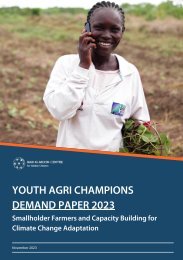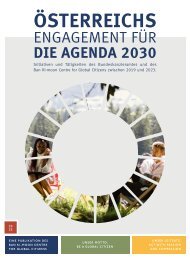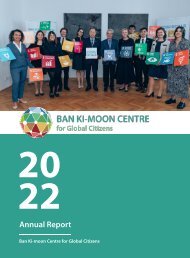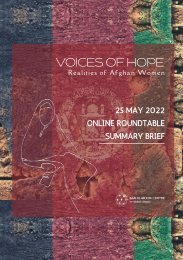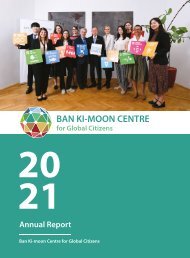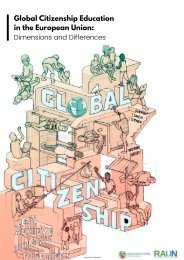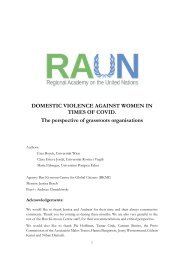Europe and North America Regional GCED Network
The report “Europe and North America Regional GCED Network” is based on a research project funded by Asia-Pacific Centre of Education for International Understanding (APCEIU) and Ban Ki-moon Centre for Global Citizens (BKMC) led by Lynette Shultz (Centre for Global Citizenship Education and Research, University of Alberta) and Massimiliano Tarozzi (International Research Centre on Global Citizenship Education, University of Bologna) as Principal Investigators. The research team was composed of Carrie Karsgaard and Carla Inguaggiato, with the support of Kester Muller and Francis Owusu.
The report “Europe and North America Regional GCED Network” is based on a research project funded by Asia-Pacific Centre of Education for International Understanding (APCEIU) and Ban Ki-moon Centre for Global Citizens (BKMC) led by Lynette Shultz (Centre for Global Citizenship Education and Research, University of Alberta) and Massimiliano Tarozzi (International Research Centre on Global Citizenship Education, University of Bologna) as Principal Investigators. The research team was composed of Carrie Karsgaard and Carla Inguaggiato, with the support of Kester Muller and Francis Owusu.
You also want an ePaper? Increase the reach of your titles
YUMPU automatically turns print PDFs into web optimized ePapers that Google loves.
understood in the same way by respondents. All interviewers, therefore, followed<br />
the vademecum in carrying out interviews. The vademecum provided guidance<br />
on introducing the research <strong>and</strong> research team, addressing research ethics,<br />
conducting the interview, responding to common questions, troubleshooting<br />
issues, <strong>and</strong> safely storing data.<br />
The interview has been organized into 5 parts:<br />
1. Description of the organization<br />
2. The views of the organization on global citizenship education<br />
3. The organization's relationships with other key actors<br />
4. The organization's affiliation to regional networks<br />
5. The organization's values <strong>and</strong> beliefs about <strong>GCED</strong><br />
5.12. Addressing language diversity<br />
As the interview was conducted with many non-native English speakers, we<br />
ensured that respondents could choose to (a) draft <strong>and</strong> copy responses to openended<br />
questions into the Zoom chat box rather than expressing them aloud on<br />
the spot, or (b) send supplementary answers to open-ended questions via a<br />
follow-up email.<br />
6) Social <strong>Network</strong>s Data Analysis<br />
For the sake of this study, we adopted UCINET (Borgatti, S.P., Everett, M.G. <strong>and</strong><br />
Freeman, L.C. 2002) <strong>and</strong> Gephi, which allow us to produce a visualization of<br />
network graphs but also to analyze properties <strong>and</strong> patterns of network data.<br />
Given the dataset available, relevant outcomes can be extracted from the data<br />
collected.<br />
From the survey results, the following objects were produced to allow for data<br />
analysis:<br />
• three adjacency matrices, one for each network collected<br />
• one matrix with attributes of the organization<br />
• one matrix with textual data containing the answers to open-ended questions.<br />
Some of the attributes required some preliminary analysis to make them compliant<br />
with network analysis.<br />
Adjacency matrices made it possible to visualize network graphs using the<br />
package Netdraw in UCINET (Borgatti, Everett, 2002). The attributes of the<br />
organizations were displayed in the network graphs to help make visible the<br />
034ㆍ035








